For over a decade, Superman held a position as a core team member of the Super Friends, later the Super Powers team. Although the adventures usually focused on team-ups, over the course of the 100+ episodes, the Man of Steel received his fair share of spotlights.
During the series first season, Lara and Jor-El made their animated debuts as the secret origin of Superman was wedged into the episode, The Planet Splitter.
The Boy of Steel sneaked in a couple of appearances as well, first appearing during the telling of Lex Luthor's origin in the series third season episode, History of Doom.
In the Super Friends short Return of the Phantoms, Superman and Superboy managed a paradox-inducing team-up against phantom zone baddies.
Phantom zone villains were a perennial favorite of the series. In The Evil From Krypton, a Zod look-alike cashed in on the Superman film franchise popularity. Other recurring Superman villains included Mr. Mxyzptlk, Bizarro, Lex Luthor, Toyman, Brainiac, and eventually the dreaded Darkseid.
In the final season, the Death of Superman story was told long before writers of the comic thought up the similar gimmick (at least the 90's telling).
In another series standout, The Krypton Syndrome, Superman went back in time and met Jor-El and had to decide whether to save his home planet or Earth.
Kryptonites of many colors from green to gold were also frequently plot elements, though none were as fun as the unpredictable effects of red K which could make Superman young, old, weak, or with extra arms.
Superman was also a popular spokesman in the series' sometimes featured PSAs which had him teaching crafts, sharing safety tips, and revealing code words.
Check back next week for another chapter in The Super History of Superman.


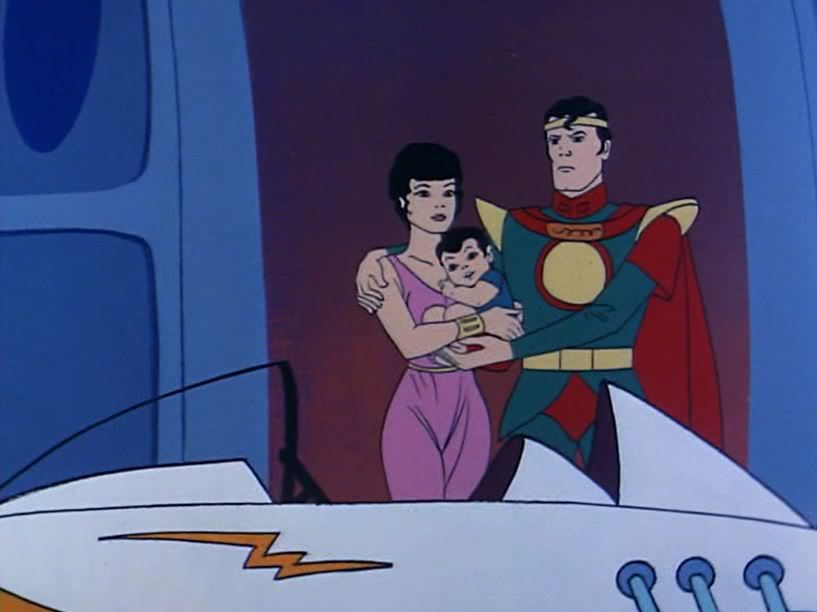
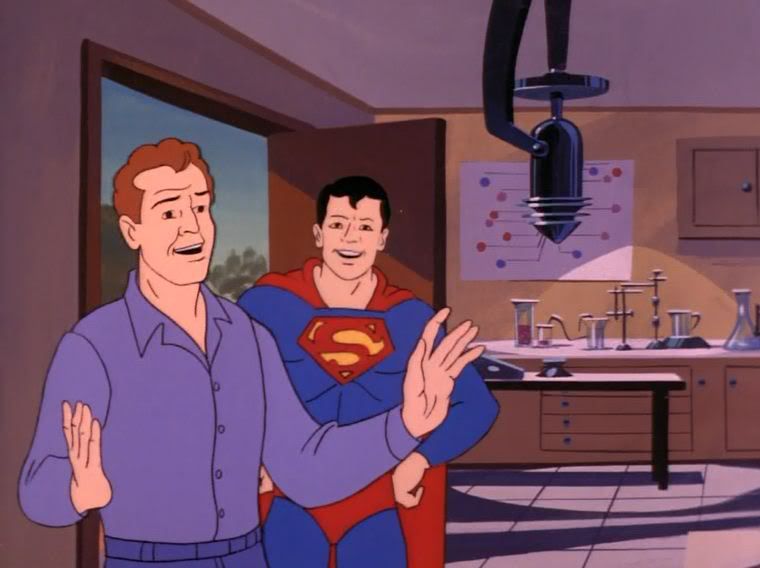

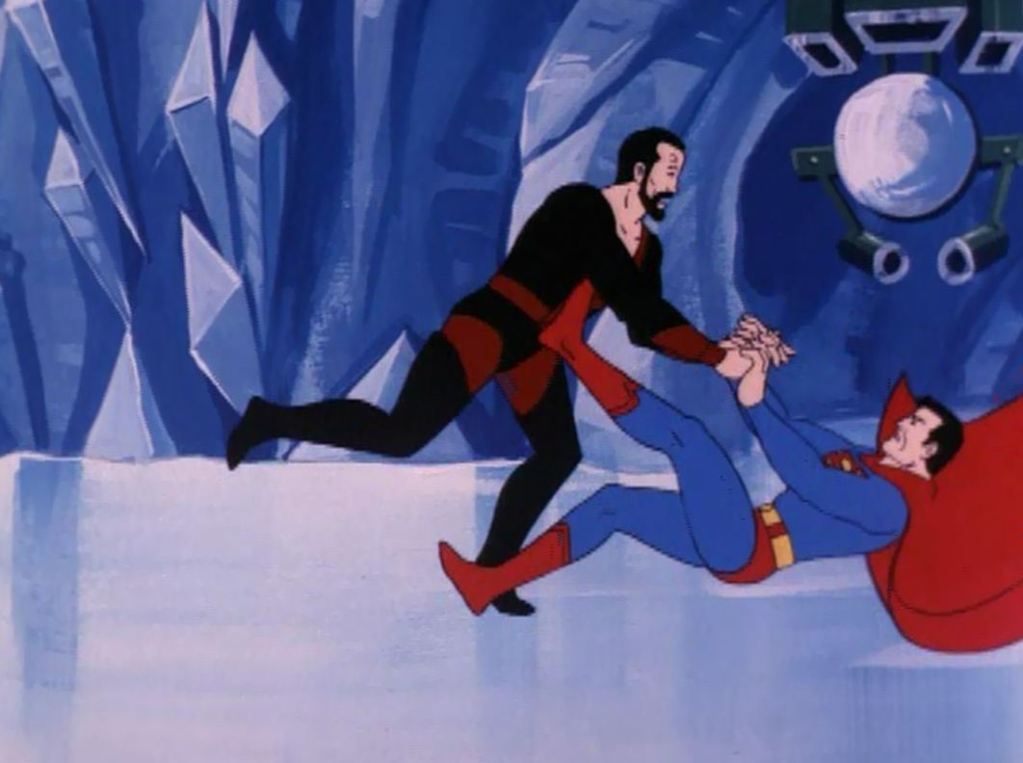
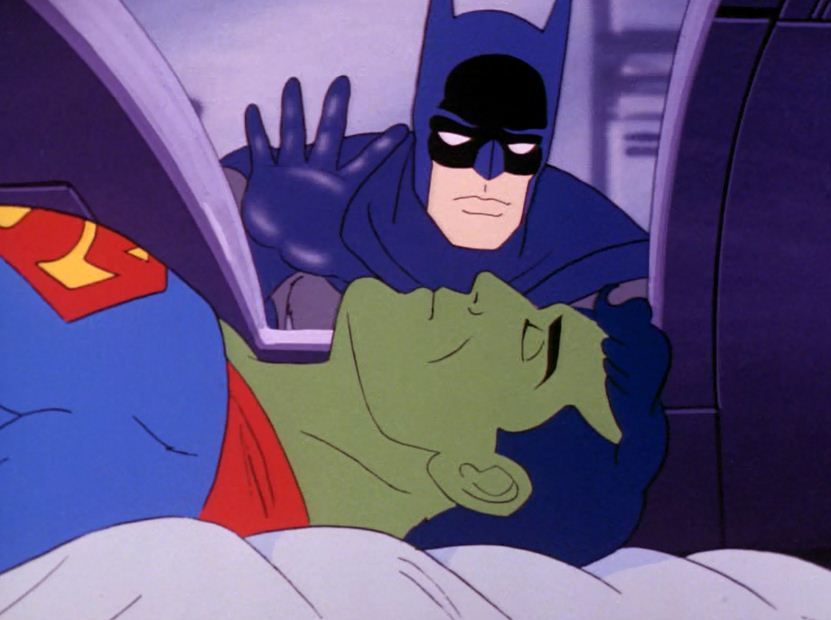
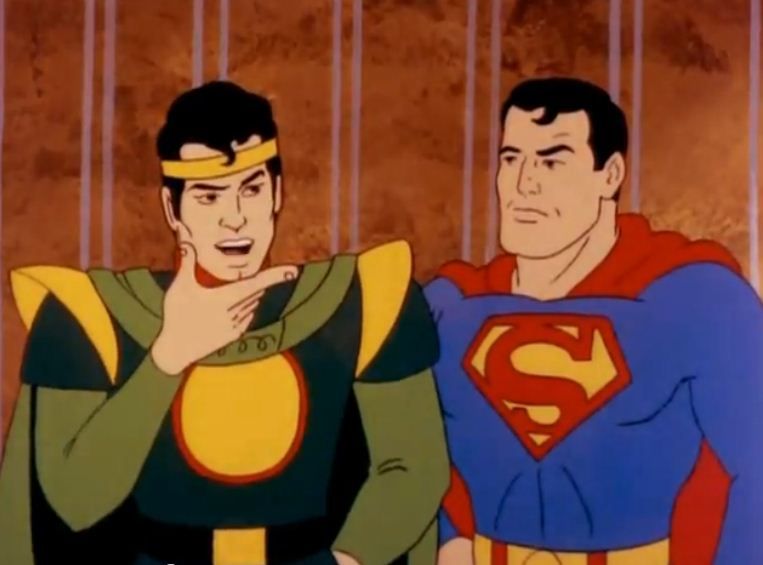
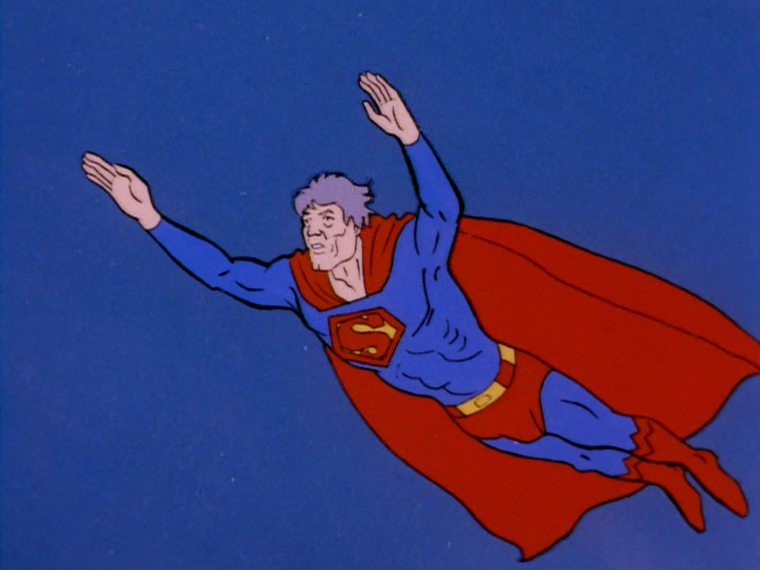

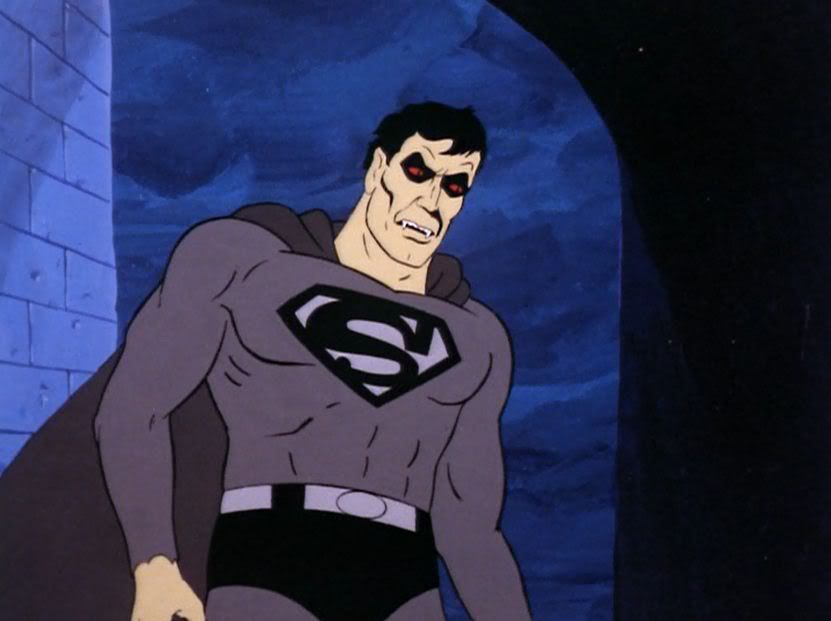
This is Superman at his best, as the leader of The Superfriends. He could do the job, himself, but he allows his fellow Justice Leaguers to contribute however they can to quell emergencies, apprehend the bad guys and to help people in trouble. The Superfriends ran for 13 years and the combination of camp, morals, adventure, mystery, sci-fi, fantasy, teenage sidekicks and pets(a dog, then later a monkey), in addition to standing the test of time(trends that include mystery-solving teens to sidekicks to fantasy), struck a charm with viewers and provided something for everyone to watch. That same kind of formula carried over into adventure cartoons in first-run syndication. Of all the animated adventure programs that Hanna-Barbera produced, during it's 40+ years in operation, although not a studio original, The Superfriends was clearly H-B's longest-running and most successful animated adventure program, and in the process, helped to spurn what would be the eventual merging of Hanna-Barbera and Warner Bros. Animation Studios(Cartoon Network Studios was spun off, after H-B merged with WB). The Superfriends began as a result of another long-running animated program that Hanna-Barbera was producing, namely Scooby-Doo(1969-86), as Batman & Robin appeared in the episodes, The Dynamic Scooby-Doo Affair and The Caped Crusader Caper, which CBS aired in 1972. At the same time, both Superman and Wonder Woman appeared on Filmation Studio's The Brady Kids on ABC. September 8, 1973 is when The Superfriends premiered on ABC and ran for a total of 13 years with various follow-up programs. Ironically, The Superfriends was one of a handful of long-running Saturday morning programs on the air during both the 1970's and 1980's, that included Scooby-Doo, The Bugs Bunny-Road Runner Show(1968-85), Fat Albert & the Cosby Kids(1972-85), Pink Panther(1969-79), The Archies(1968-78), Tarzan, Lord of the Jungle(1976-84), various Flintstones spinoffs, including Pebbles & Bamm-Bamm/The Flintstones Comedy Show(1971-76) and Fred & Barney/The Flintstones Funnies(1979-84), The Smurfs(1981-90), Alvin & the Chipmunks(1983-91), Jim Henson's Muppet Babies(1984-92), The Gummi Bears(1985-91) and Spider-Man & His Amazing Friends(1981-86).
ReplyDelete